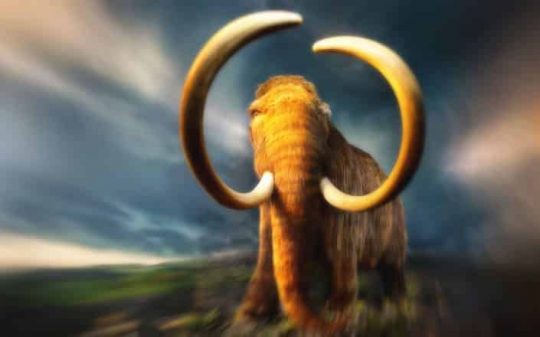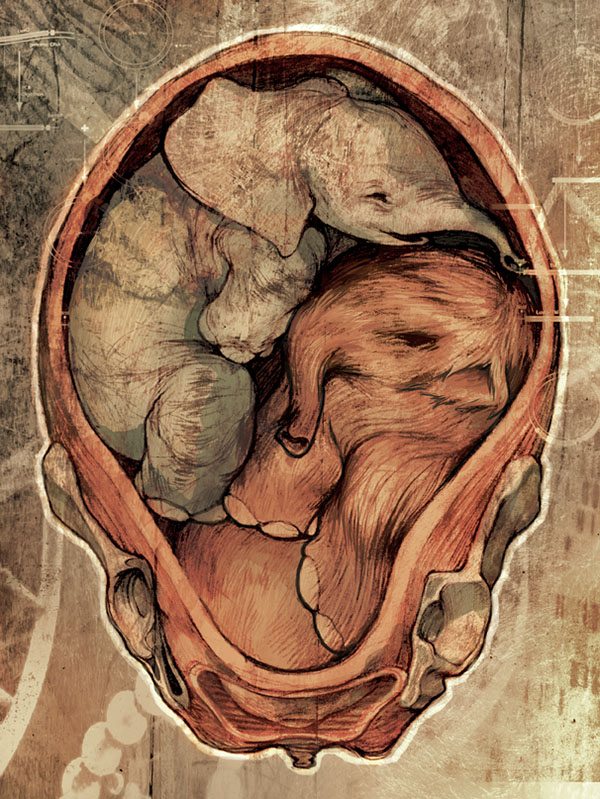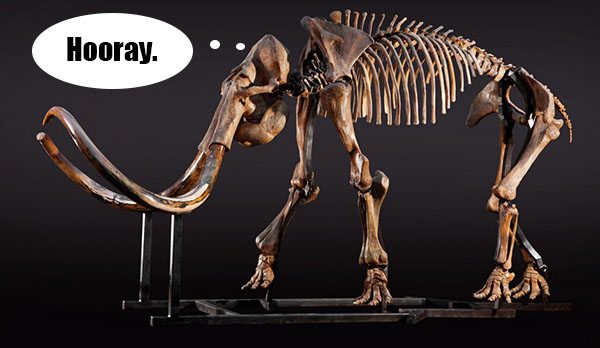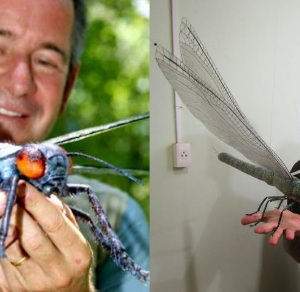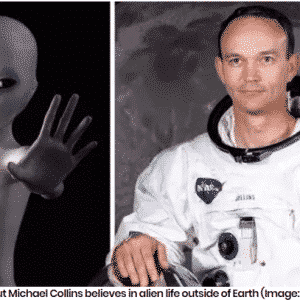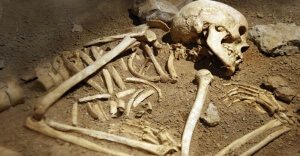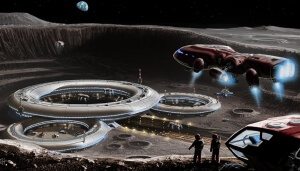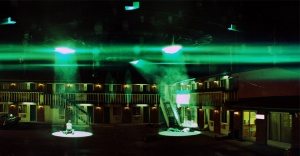A team of Harvard scientists claim they could bring back the mighty beast in the form of a mammoth-elephant hybrid but their efforts raise some serious ethical questions.
Should we do something just because we can?
This question has undoubtedly crossed the mind of the scientists leading the woolly mammoth’s de-extinction effort. And since they’re promising the world a living, breathing mammoth hybrid in just two years’ time, their answer was yes, we should.
Probably one of the best symbols of man-driven extinction, the woolly mammoth (Mammuthus primigenius) vanished from the face of the Earth around 4,000 years ago. With the help of genetic engineering, the team of ambitious Harvard scientists aims to go against the natural order and reverse this irreversible process. Scratch that, the disappearance of the mammoth was not natural at all. Even though climate change played a part in the mammoth’s demise, early man did the harm and late man now seeks to undo the past.
Our aim is to produce a hybrid elephant-mammoth embryo,” Professor George Church told press. “Actually, it would be more like an elephant with a number of mammoth traits. We’re not there yet, but it could happen in a couple of years.”
The scientific world already has a name for this assembled creature: the mammophant. Part of it is elephant, but it would also exhibit some mammoth-specific traits, such as short ears, fat deposits under the skin and long, rugged hair. It would also be adapted to cold temperatures, just like real mammoths.
The geneticists are able to approach this historic venture with the help of Crispr, the gene-editing tool that could.
“Wait,” you say, “genetic editing has been around for years! They cloned a sheep in the 90’s, right?”
That is true, but compared to CRISPR/CAS9, all previous methods seem clunky at best. That’s because CRISPR is basically a cut/paste precess that allows scientists to manipulate very short DNA sequences with unprecedented precision, as the following video shows:
The project to create a lab-grown mammoth started in 2015 and the team have already come a long way. In their efforts, the scientists stopped at the cellular level but plans for creating embryos are already underway. But since the base for the mammophant is the asian elephant, which is an endangered species, Church said his peers would not put a breeding female at risk by implanting the embryo inside her womb. The mammophant would have to be born without a mother.
“We hope to do the entire procedure ex-vivo (outside a living body),” Church said. “It would be unreasonable to put female reproduction at risk in an endangered species.”
As you would expect, the scientists’ intentions have raised a number of ethical questions and won them a few vocal opponents.
“The proposed ‘de-extinction’ of mammoths raises a massive ethical issue,” University of Manchester Professor of zoology Matthew Cobb commented. “The mammoth was not simply a set of genes, it was a social animal, as is the modern Asian elephant. What will happen when the elephant-mammoth hybrid is born? How will it be greeted by elephants?”
Even before that, the artificial gestation would constitute an early obstacle in raising a functional animal. A lot of connections are made in the womb and their absence could spell disaster.
“Church’s team is proposing to rear the embryo in an ‘artificial womb’ which seems ambitious to say the least – the resultant animal would have been deprived of all the pre-birth interactions with its mother,” Cobb added.
The task of bringing back the wooly mammoth is daunting, to say the least. Obstacles are many and so are those who accuse the scientists of playing God. So what’s the payoff, besides fame and glory?
As it turns out, the creature whose future we ended might help us postpone our own time to come. Or go.
Would you be surprised if I told you mammoths could help combat global warming?
The tundra was the place mammoths called home and now it’s thawing faster than ever. This presents an enormous risk to our environment as large amounts of greenhouse gasses are currently being stored in the tundra permafrost. If those gasses were to be released, things would get much worse in a relatively short period of time. A lot of environmental scientists are saying that we’ve already passed the point of no return and even our best efforts might be in vain, but our duty is to try.
Just by doing mammoth stuff, those lumbering beasts could – at least in theory – slow down this process, as Church explains:
“They keep the tundra from thawing by punching through snow and allowing cold air to come in. In the summer they knock down trees and help the grass grow.”
So there you have it, folks. Turns out we need mammoths to survive. Again.
